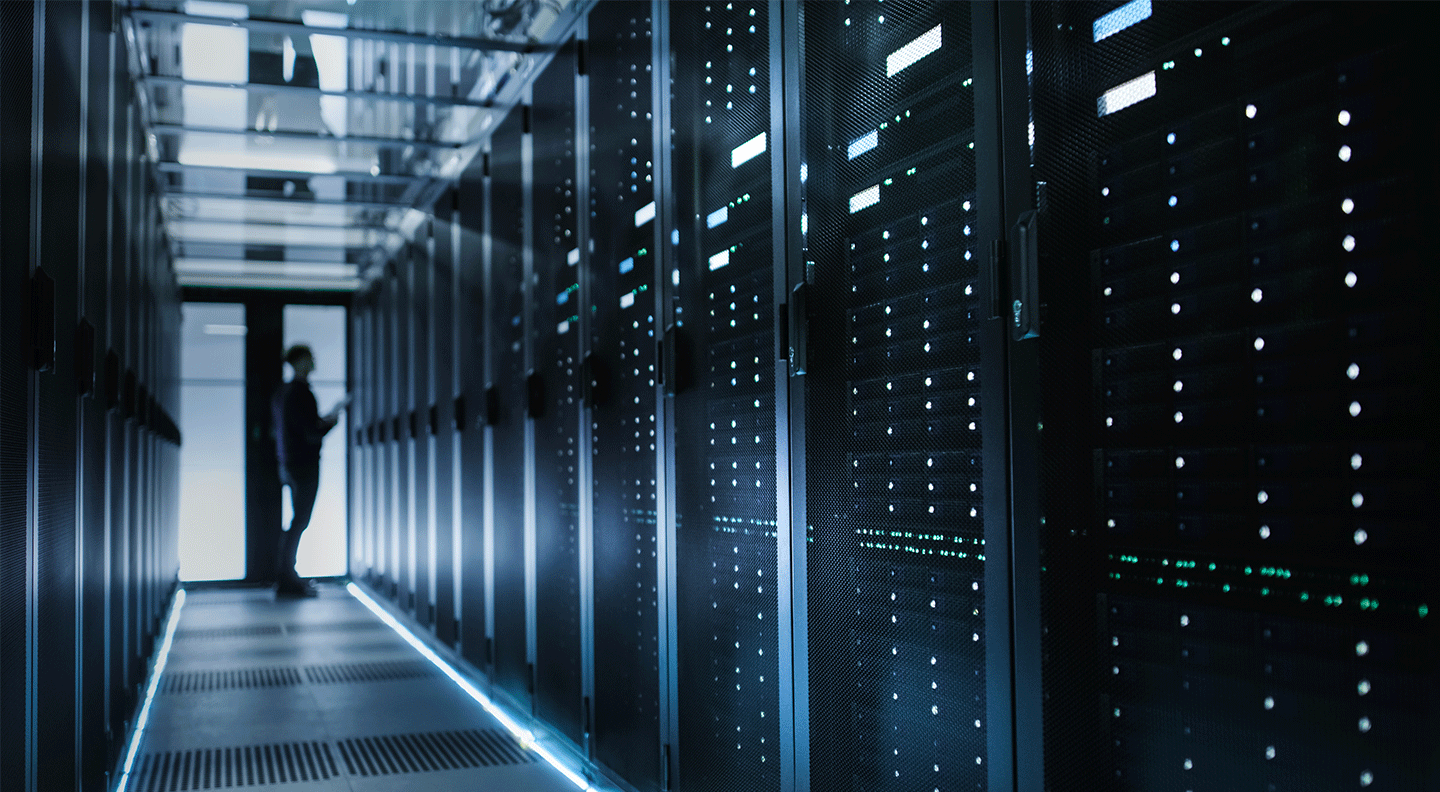By 2025, data centers are expected to be the largest global energy users at 4.5 percent, an increase from just 0.9 percent in 2015.
Currently 43 percent of companies do not have an existing environmental policy and half of those companies do not plan on developing one. Some of the reasons for avoiding environmental efforts include high costs and limited resources.
While environmental efforts can be costly, when it comes to managing the lifecycle of data center assets, selling second-hand units can actually add an additional revenue stream for a business. At a time with the economic life of a device is decreasing, most data center decommissioning companies can come in and help add market value to a device with a book value of zero. Some Data Center Managers then turn this revenue into a budget to fund additional sustainability projects and goals.
Businesses and data centers can benefit from implementing sustainable efforts in many different ways in addition to maximizing data center IT investments. Here are five easy tips for managing sustainable data center lifecycle management, including the benefits of doing each.
1. Avoid Stockpiling
When data center IT assets accumulate in storage these devices quickly take up valuable space, risks for data breaches are increased, and the value of the assets are reduced. Implementing a sustainable and environmental reuse and recycling program will likely rely on it also being secure and value driven. An IT asset disposal (ITAD) and e-Recycling partner should be able to offer a solution that delivers data security and value recovery, with equal importance to sustainability.2. Follow the Waste Hierarchy
Reduce > Reuse > Recycle. Refurbishment and recovery of waste helps contribute to sustaining the life of a device. As an initial consideration, having data wiped from all data-bearing assets and allowing for reuse in a safe and secure manner helps when equipment still holds some value. Whether data centers redeploy equipment back into their own environment, or sell second-hand equipment on the secondary market, these efforts help make the most of the original item manufactured and extends the life of a device. Equipment that is unable to be repaired (or doesn’t justify being repaired) should be recycled. Some ITAD vendors may outsource this service. It is important to understand the recycling process and how equipment will be responsibly recycled to protect a company’s brand reputation and ensure environmental compliance.3. Think Global (but Keep it Local)
Recycling services that are performed in the same region where materials are collected will usually be better than shipping overseas for disposal. It is smart to always have evidence and assurance that recycled materials are not dumped in developing countries once handed over to an asset disposal vendor to ensure devices are managed locally and accordingly.4. Enforce Accountability
Setting sustainability goals is a great start, but for many it ends there. Implementing some form of accountability will help these goals get accomplished. It can be helpful to share sustainability goals with a team or colleagues in an organization and measure the progress against them. Sustainability goals may include:- Setting percentages of equipment being redeployed, reused or recycled
- Setting percentages for decreasing energy use and emissions
5. Choose the Right Partner
Sustainability credentials and standards can be a great way to start a list of target vendors, but don’t stop there. Some additional criteria to consider in a vendor might include:- Financial stability
- Years of experience
- Strong references
6. Share the Efforts
Managers should always be encouraged to share their efforts that went into creating a secure and sustainable data center decommissioning program and can even use this as a sales tool. Ask your chosen vendor if they can provide a sustainability certificate or report to demonstrate the data center’s contribution to environmental protection goals from a third-party.The Path to Sustainable Data Center Lifecycle Management
As businesses start taking more responsibility for their brands, more are making efforts to support closed-loop programs that contribute to the circular economy. As these efforts increase, we will begin to address global resource scarcity by facilitating the urban mining of valuable and scarce materials. With a growing industry, data centers will need to increase the integration of reuse and recycling efforts into their processes to help minimize e-waste volumes by diverting waste from landfills. These environmentally-friendly data centers can reduce their environmental impact and increase their productivity.Download our “Checklist for Selecting a Decommissioning Vendor” for ideas on how to evaluate potential service providers.
